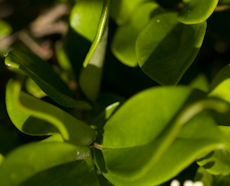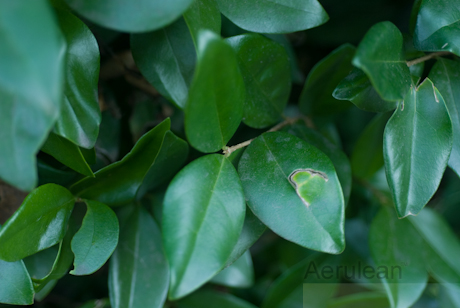Ligustrum japonicum
Family: Oleaceae
Common names: JAPANESE PRIVET, PRIVET
Native to: Japan, Korea
Plant
Types: shrub, tree
Forms: dense form, erect
Leaves evergreen
Max height: 13 feet
Max width: 6.8 feet
Flower
white/off white
Leaf
green
new growth distinct
Horticulture
Attracts wildlife: adult butterfly, specific butterfly species
Plant features: evergreen, growth rate fast, toxic
Exposure: part shade, sun, windy location
Windy location OK
Landscape uses: container, flower fragrant, hedge or edging, screen, topiary
Fast growing
Propagates by: seed
fall color
flowers in fall
flowers in summer
Soil type: loam
USDA Zones: zone 7 to 0 f, zone 8 to +10 f, zone 9 to +20 f, zone 10 to +30 f
Temp. range: 0 to +40 °F
Water: drought tolerant, regular
Butterflies that feed on this plant
This plant is one of 52 shrubs suitable to grow in a container that will attract adult butterflies. 17 of these plants attract birds and 29 attract specific butterfly species. They can be found in large, medium-large and tiny heights - from less than a foot high to over 10 feet tall. 10 of these shrubs are drought tolerant, the others prefer either dry, moderate, or regular watering. 2 are deciduous, while 43 are evergreen. One can grow in Zone 3 while the others grow in Zones 4-11. 39 shrubs that attract butterflies and can be grown in containers in Zone 9. 6 are known to be used as cut flowers. They are available in every flower color.
You are free to use any filter, including those listed above, to reduce the plant list further to better match your planting needs.
There are 1230 shrubs in this database - 52 of these shrubs can attract adult butterflies and be grown in a container. The size of many shrubs can be manipulated without harm to the plant. The shrub may in fact respond favorable to being pruned.
We have found that, when given a choice, butterflies and bees seem to frequent named species more often than cultivars. You may want to keep this in mind when you select plants for your garden if your goal is to attract and support these insects.

































